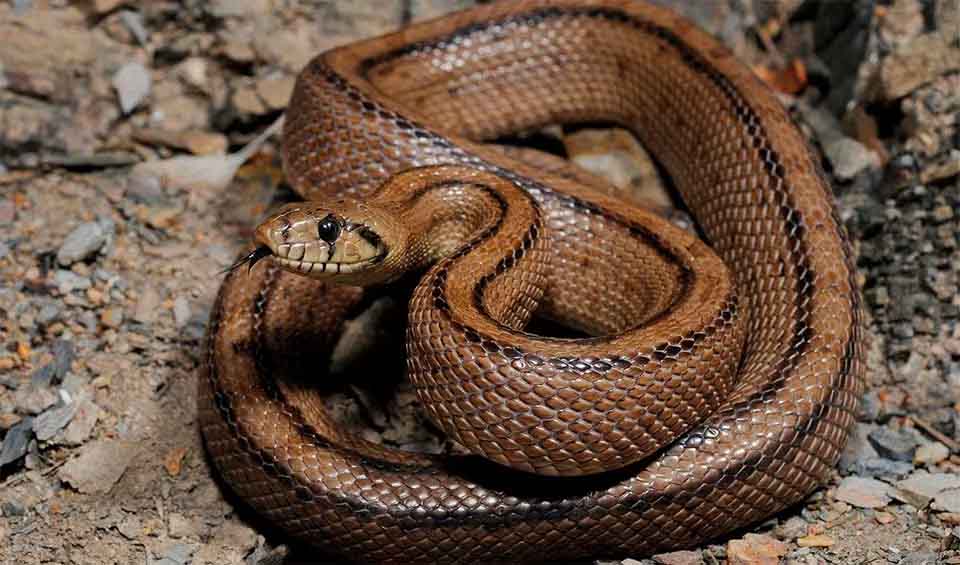Zamenis
They don't have venom, instead, they use their quick reflexes and strong bodies to catch their prey
The genus Zamenis comprises a fascinating group of snakes that are found predominantly across Europe and Asia. These snakes are notable for their elongated bodies and relatively calm temperament, making them interesting both in the wild and as pets for snake enthusiasts. Zamenis species are non-venomous, relying instead on their strength to constrict and subdue their prey, which typically includes rodents, birds, and occasionally eggs.
These snakes are characterized by their slender build and a variety of color patterns that usually blend well with their natural surroundings, helping them avoid predators. Their smooth scales give them a glossy appearance, ranging from grey and brown to a more vibrant green, depending on the species and their specific habitat.
Zamenis snakes are primarily terrestrial but can occasionally be found in trees or shrubs, especially when young or searching for food. They are adept at climbing, which assists them in escaping threats and hunting arboreal prey. Their behavior varies from diurnal to crepuscular, depending on the temperature and the specific environmental conditions of their habitats.
Breeding in Zamenis snakes typically occurs in the spring, with females laying clutches of eggs that they leave to incubate in warm, moist places like decomposing vegetation or manure heaps. The young are independent from birth and receive no parental care, typical of most snake species. They are born fully equipped to hunt and fend for themselves, starting with small insects and gradually taking on larger prey as they grow.
A particularly interesting aspect of Zamenis snakes is their role in the ecosystems they inhabit. By controlling the populations of rodents and other small animals, they help maintain a balanced ecosystem, which can aid in reducing crop damage and the spread of disease. Additionally, these snakes are themselves prey for larger predators, making them integral parts of the food web.
Species in this genus
Eastern racer
Even though they might look scary, they’re actually harmless to people and often attempt to flee rather than fight
Ladder snake
Doesn’t have venom, so you don’t need to worry about it if you see one



